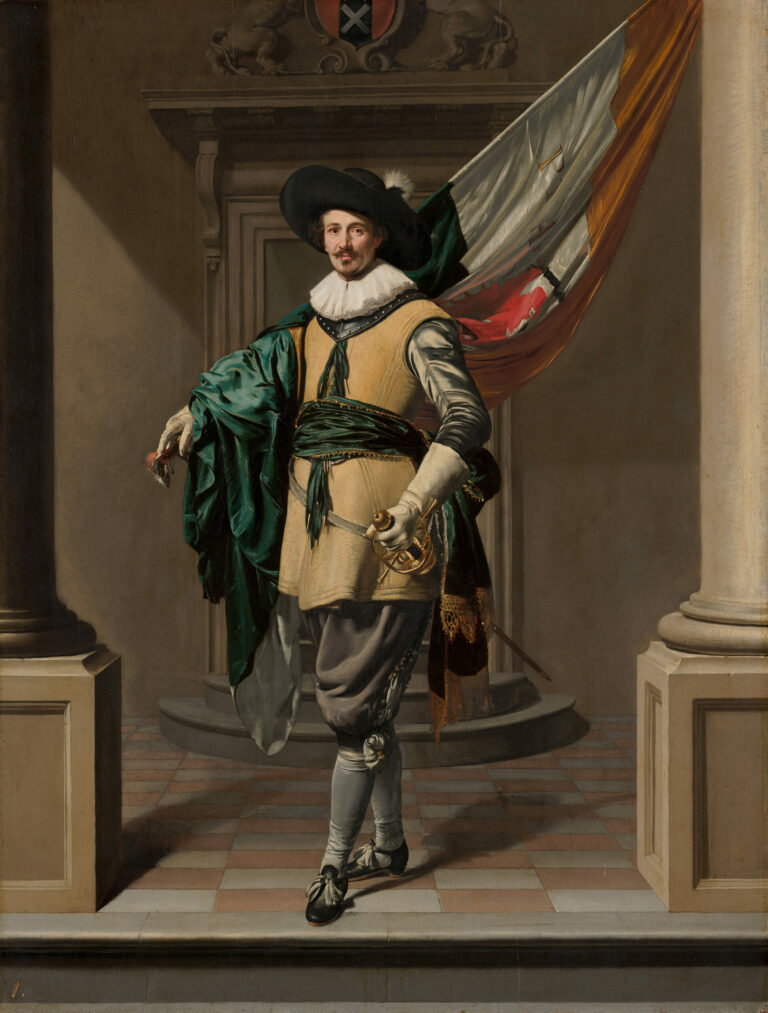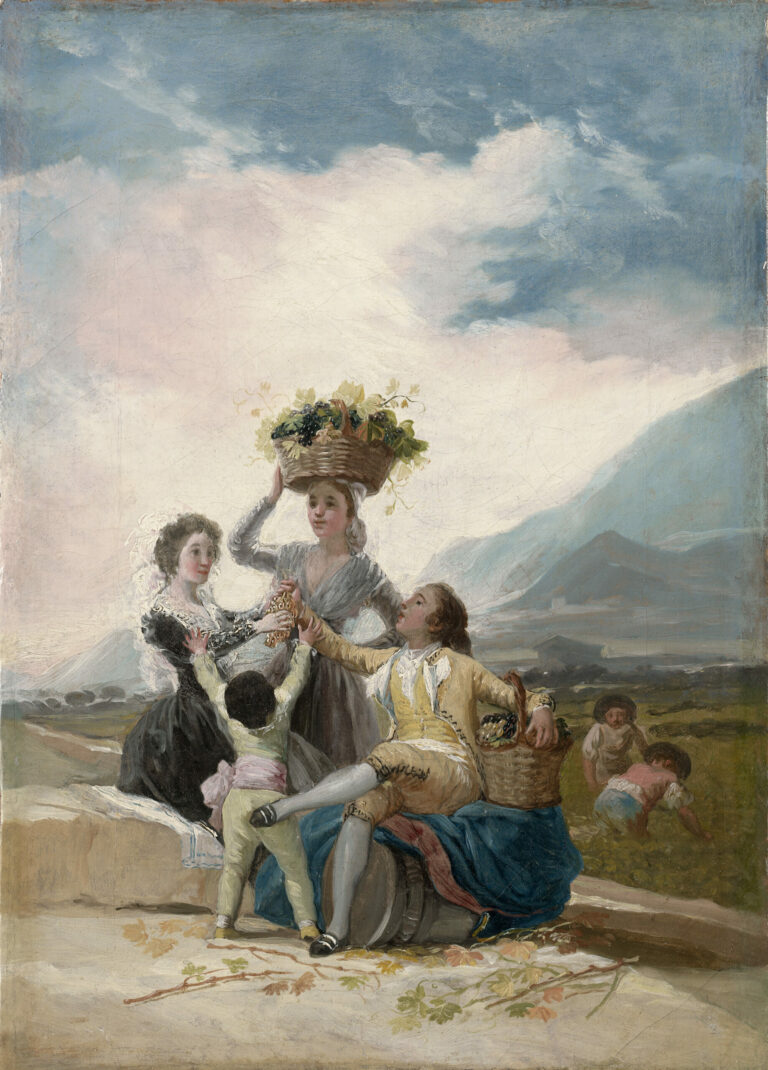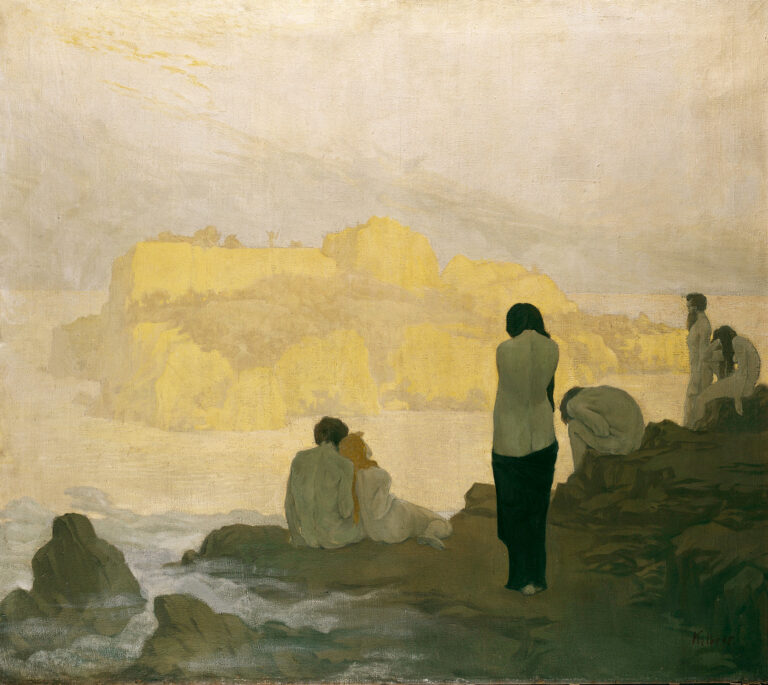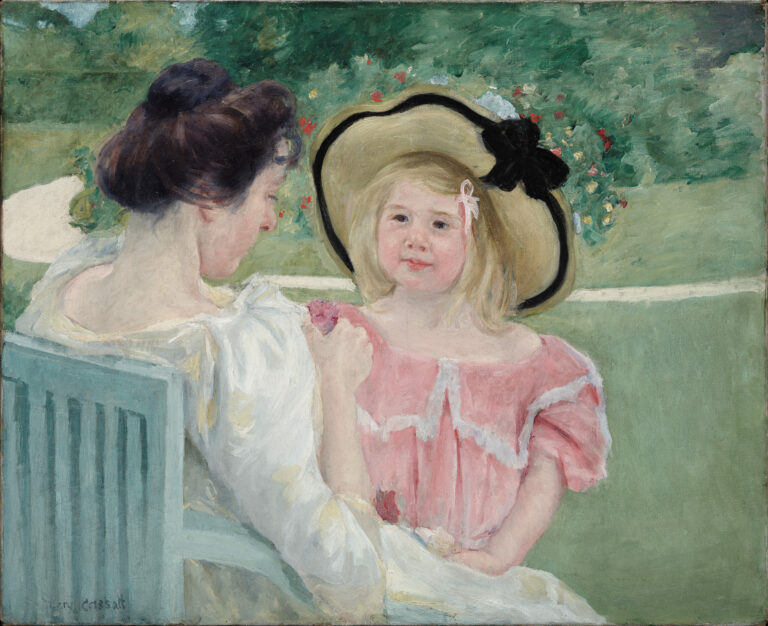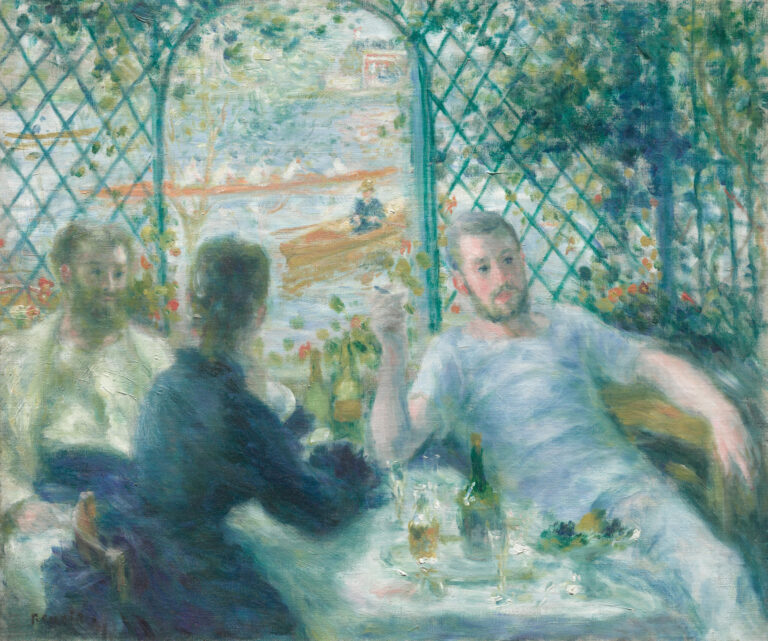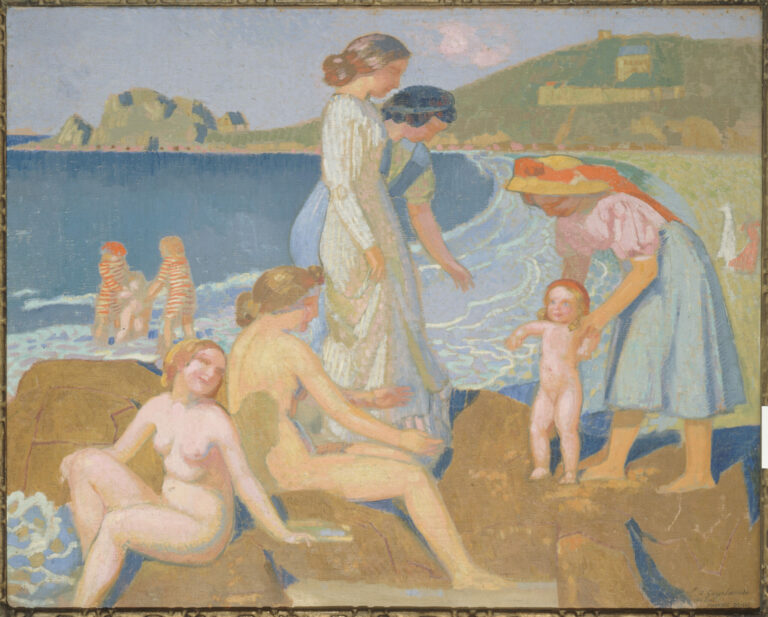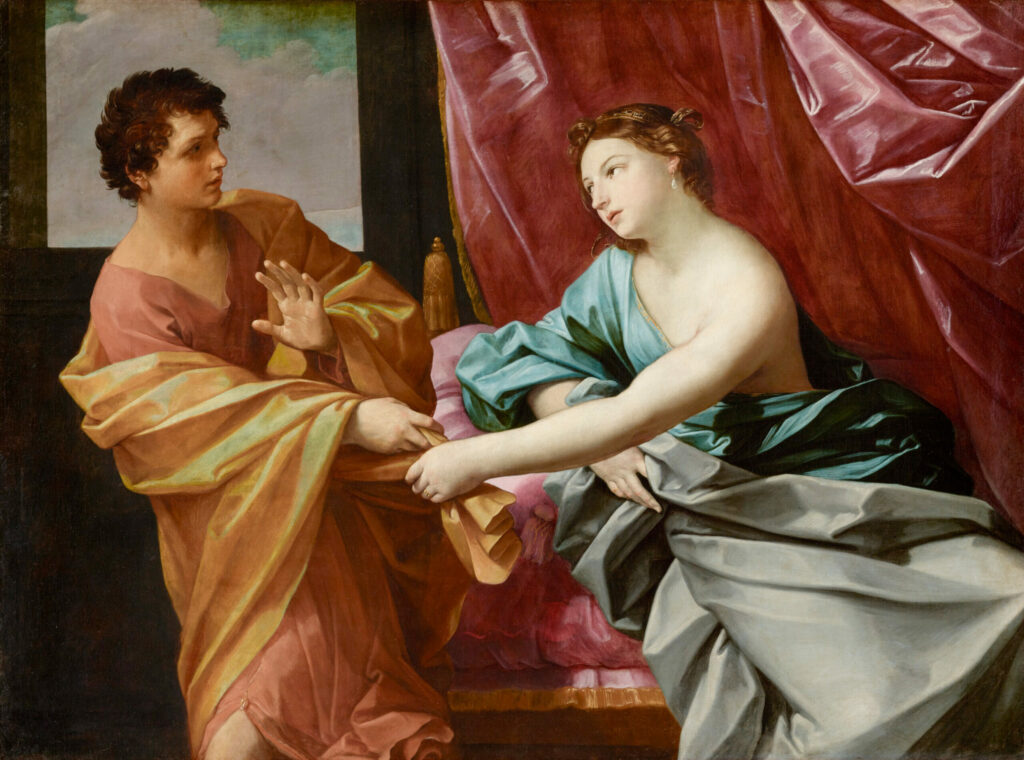
This masterful canvas by Guido Reni captures the dramatic moment when Potiphar’s wife attempts to seduce Joseph.
The painter has orchestrated a striking composition where chromatic contrasts emphasize the moral tension of the biblical narrative. The vermilion drapery framing the scene blazes like forbidden passion, while Joseph, dressed in orange and ochre, rebuffs this advance with an eloquent gesture. The woman, adorned in celestial blue that ironically contrasts with her earthly intentions, reveals herself in a pose both languorous and determined.
Reni’s genius shines in the virtuoso treatment of fabrics, whose sumptuous folds seem almost animated with a life of their own, reflecting the inner turmoil of the protagonists. The delicate flesh tones, rendered with great finesse, contrast with the textural richness of the fabrics. This work perfectly illustrates the unique balance Reni achieves between Baroque sensuality and Classical idealism, creating a palpable tension between desire and virtue.
Additional Information
- Title: Joseph and Potiphar’s Wife
- Artist: Guido Reni
- Date: circa 1630
- Dimensions: 126.4 × 169.5 cm
- Location: The J. Paul Getty Museum, Los Angeles, Getty Center, East Museum Pavilion, Gallery E201
- https://www.getty.edu/art/collection/object/103RJZ
Guido Reni (1575-1642), a major figure of the Bolognese school, embodied the artistic ideal of the Counter-Reformation. Trained under the Carracci, he developed a style characterized by refined elegance and ethereal luminosity. His brilliant career took him to Rome where he was admired by the greatest patrons, before returning to Bologna where he directed a flourishing workshop.
Reni particularly excelled in the representation of idealized beauty and contained emotions, reflecting the spiritual values of his era. This work from 1630 demonstrates his full artistic maturity, combining technical virtuosity with psychological depth.

